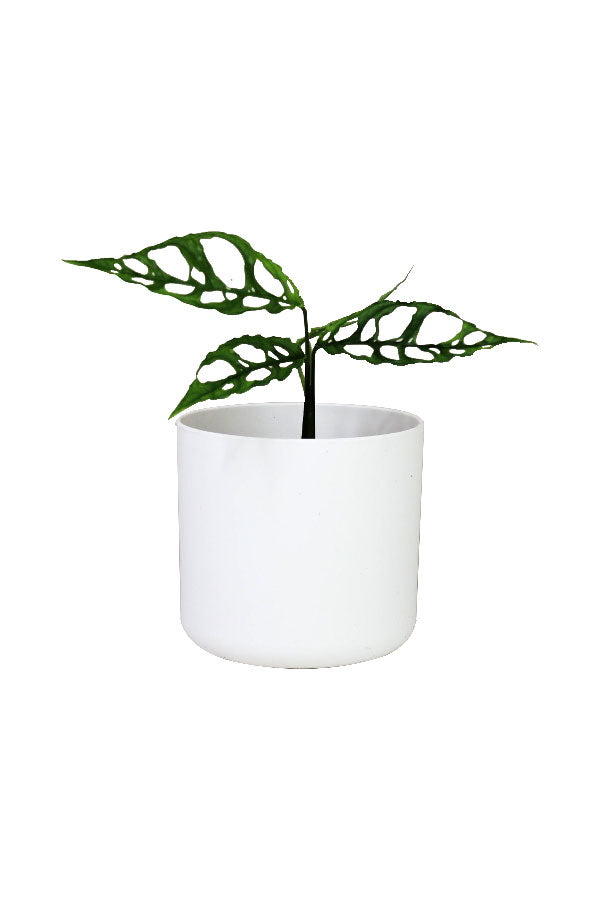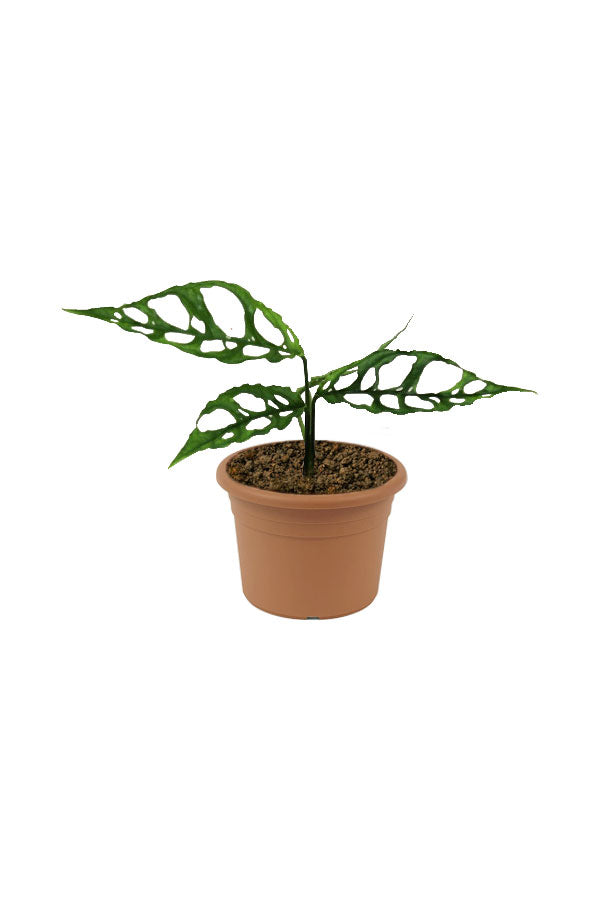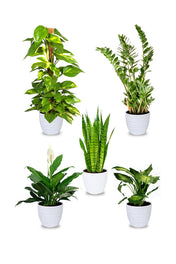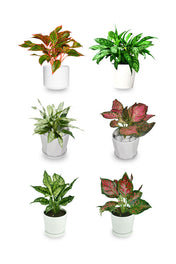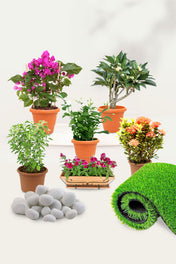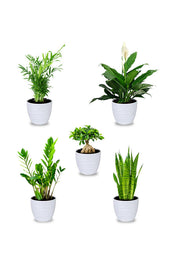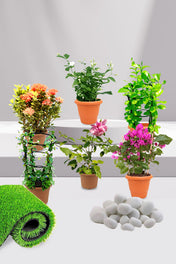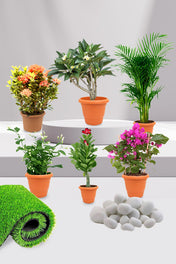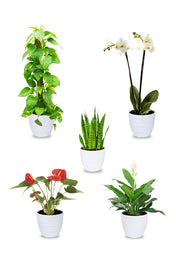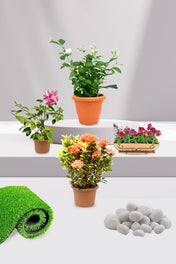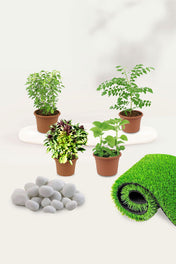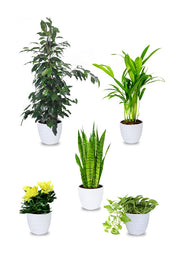Monstera Obliqua Peru
Monstera Obliqua Peru - 10-20 CM / Nursery is backordered and will ship as soon as it is back in stock.
Care & Support
Care & Support
Enhance your green thumb with professional plant care tips.
Handpicked Items
Handpicked Items
Transform Your Home into a Green Oasis with our Exceptional Quality Products
Easy Return
Easy Return
Effortless Returns within 24 Hours: Simplify Your Shopping Experience.
Free Shipping
Free Shipping
Shop Now and Enjoy Free Shipping on Purchases Above 99!
Payment Methods

